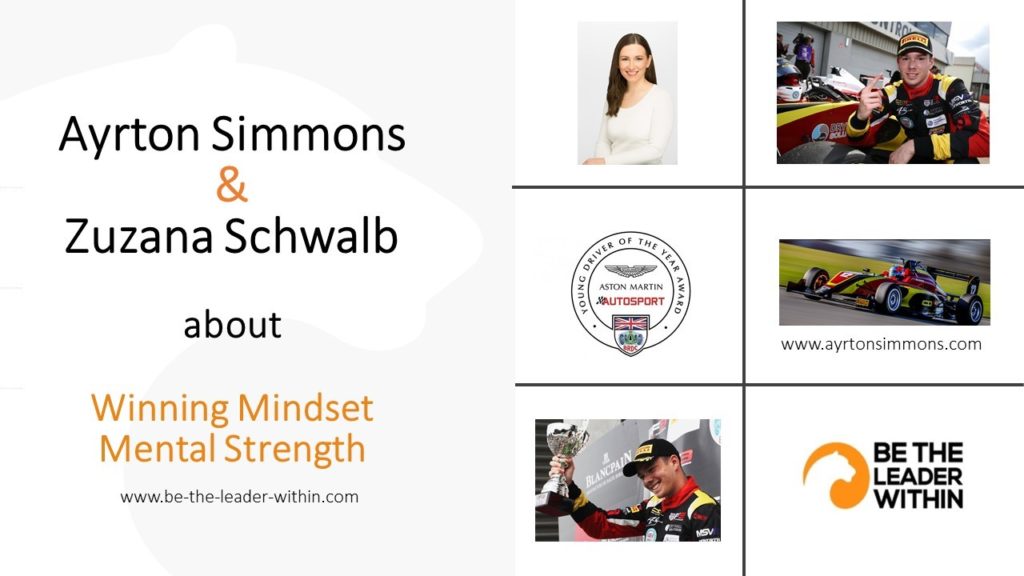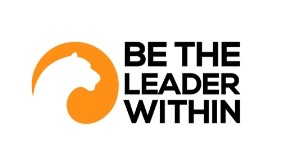“Until you make the unconscious conscious, it will direct your life and you will call it fate!” Carl Gustav Jung
WOULD YOU HIRE YOU AS A LEADER?
A few days ago I was watching Dr. Edith Eva Eger on surviving Auschwitz in various videos und how experiencing something bad can be turned into a positive learning lesson. During one
presentation Edith asked her audience an interesting question: “Would you like to be married to yourself?” In other words by being truly honest with our inner being and admitting to our strengths, weaknesses, emotional state, how we react and respond in challenging and good times, whether we would still decide to marry the exact person we are. This self-reflection made me think and relate it to leadership development.
Would you hire you as a leader of your organization and /or your team knowing honestly yourself as you are?
The point of this question is to know how we perceive ourselves deep inside of us and how feel about our competencies and potential we have. The ultimate feeling how you see you and feel about you determines how others perceive you in your life – privately and professionally and that will manifest in your results in your life. Are there any aspects of you that you could improve or possibly accept? Time and again when I speak with successful leaders I am reminded that one of their greatest strengths is their devotion to regular self-reflection.
Their courage to face the truth about their thoughts, expressions, decisions and actions, plus their desire to always improve themselves leads directly to their higher performance, self-confidence and happiness.

LIST OF DAILY SELF-REFLECTION QUESTIONS YOU CAN ASK YOURSELF:
It’s helpful to record these in your private leader’s journal or record them on a phone:
o What have I achieved today?
o What did I do today that didn’t work?
o What should I do about that?
o Where did I model our values today that could be noticed by others?
o Who do I need to spend more time with?
o What have I done today to remind us of our vision and purpose?
o What have I avoided today?
o Why did I avoid them?
o What do I need to improve in my leadership?
o What one big thing can I influence, so that a major improvement will take place?
o Have I demonstrated today that I value and care for our people?
o What would I do if I knew I could not fail?
Remember, what you focus on grows. Where attention goes, energy flows and matter grows. This is the universal law.







